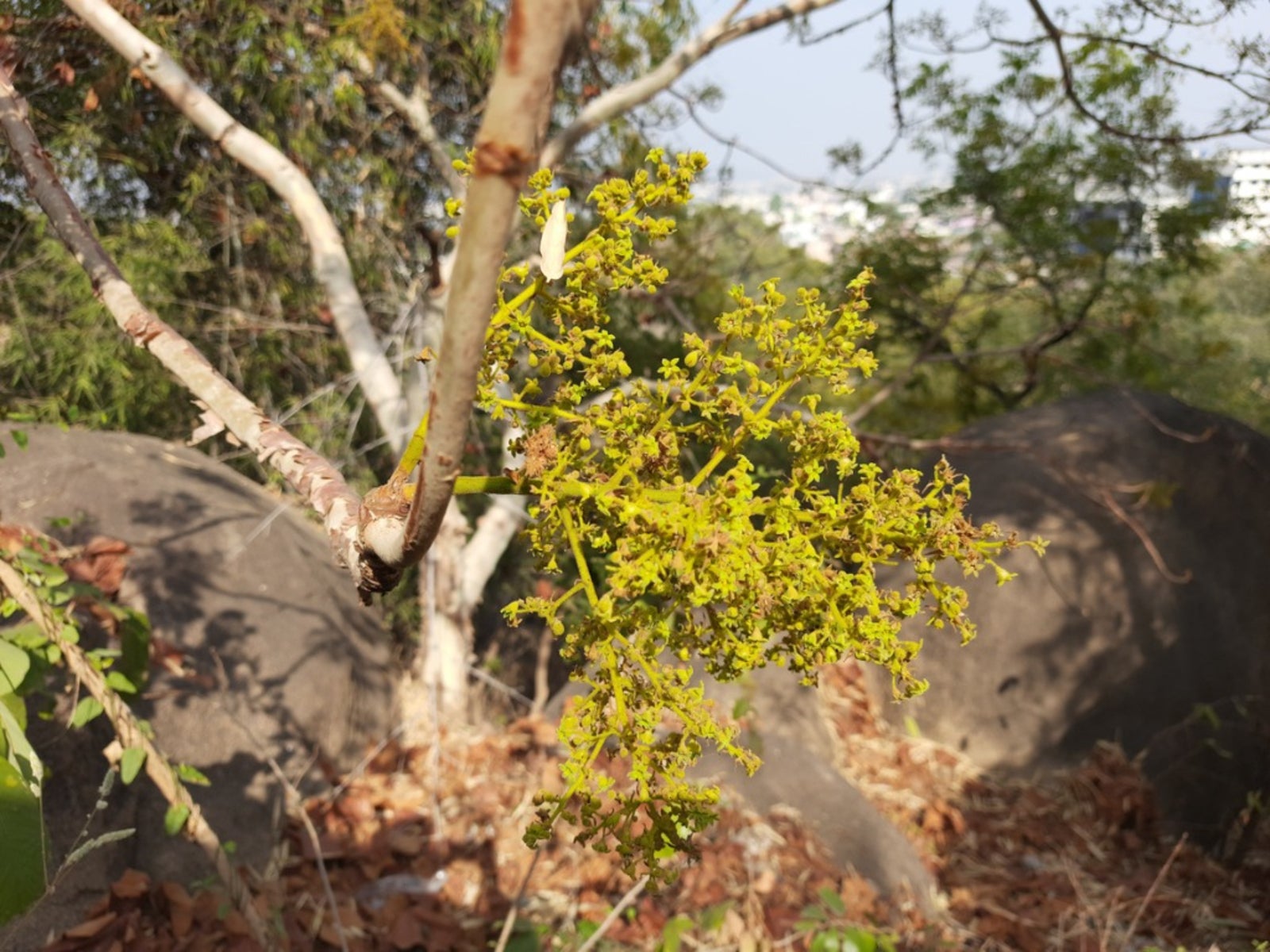Pruning Chinese Pistache: How To Prune A Chinese Pistache Tree


Anyone looking for an easy care shade tree with star power should consider the Chinese pistache (Pistacia chinensis). These gorgeous trees mature into soaring beauties with appealing umbrella-shaped canopies, but they may require some pruning along the way. Chinese pistache pruning isn’t difficult once you understand the basics of the tree’s growth pattern. Read on for information about cutting back Chinese pistache including tips on when and how to prune a Chinese pistache tree.
Chinese Pistache Tree Trimming
The mature Chinese pistache is a wonderful, medium sized, ornamental tree, perfect for southwest regions. It is both pest free and easy maintenance once it has attained its adult silhouette.
This attractive tree can go through an awkward “teenage” stage, however. While it is young, it can look gangling and awkward, with a long gooseneck and few or unevenly spaced branches. This is the time for Chinese pistache tree trimming.
Timing for Pruning Chinese Pistache
Cutting back Chinese pistache usually isn’t a big deal once the tree matures to its full height of 40 to 50 feet (12-15 m.) It naturally forms an attractive shape. When the tree is young – under four years old – you’ll need to undertake Chinese pistache pruning in order to form a strong branch foundation.
The best time to prune is in early spring after the last hard frost but before you see new growth. Pruning in spring, you’ll still get fall color and those bright berries beloved by wildlife.
How to Prune a Chinese Pistache Tree
How to prune a Chinese pistache tree when it is young? Keep in mind the purpose of this trimming. You are pruning Chinese pistache in order to remove weak branches and encourage strong, well-placed branching. This will protect the tree from limb breakage and create an attractive canopy.
Your first step in young Chinese pistache pruning is to evaluate the tree. Identify those limbs that have a weak or narrow crotch attachment to the trunk, then remove them.
Sign up for the Gardening Know How newsletter today and receive a free copy of our e-book "How to Grow Delicious Tomatoes".
Leave and encourage strong limbs. You want the mature tree to have well placed and spaced scaffold limbs that alternate around the trunk. On the other hand, work at cutting back Chinese pistache water sprouts or shoots growing below the lowest scaffold branches.
On mature Chinese pistache trees, the trimming requirements are much less arduous. You’ll want to prune to remove dead, dying, broken, or diseased limbs. Remove these at the junction with the trunk or else just above a leaf node.
While pruning Chinese pistache to keep them healthy, consider whether thinning of branches is required. You want sunshine and air to get to the inner canopy, so thin out the canopy branches as needed. Never remove more than one-third of the canopy.

Teo Spengler is a master gardener and a docent at the San Francisco Botanical Garden, where she hosts public tours. She has studied horticulture and written about nature, trees, plants, and gardening for more than two decades, following a career as an attorney and legal writer. Her extended family includes some 30 houseplants and hundreds of outdoor plants, including 250 trees, which are her main passion. Spengler currently splits her life between San Francisco and the French Basque Country, though she was raised in Alaska, giving her experience of gardening in a range of climates.